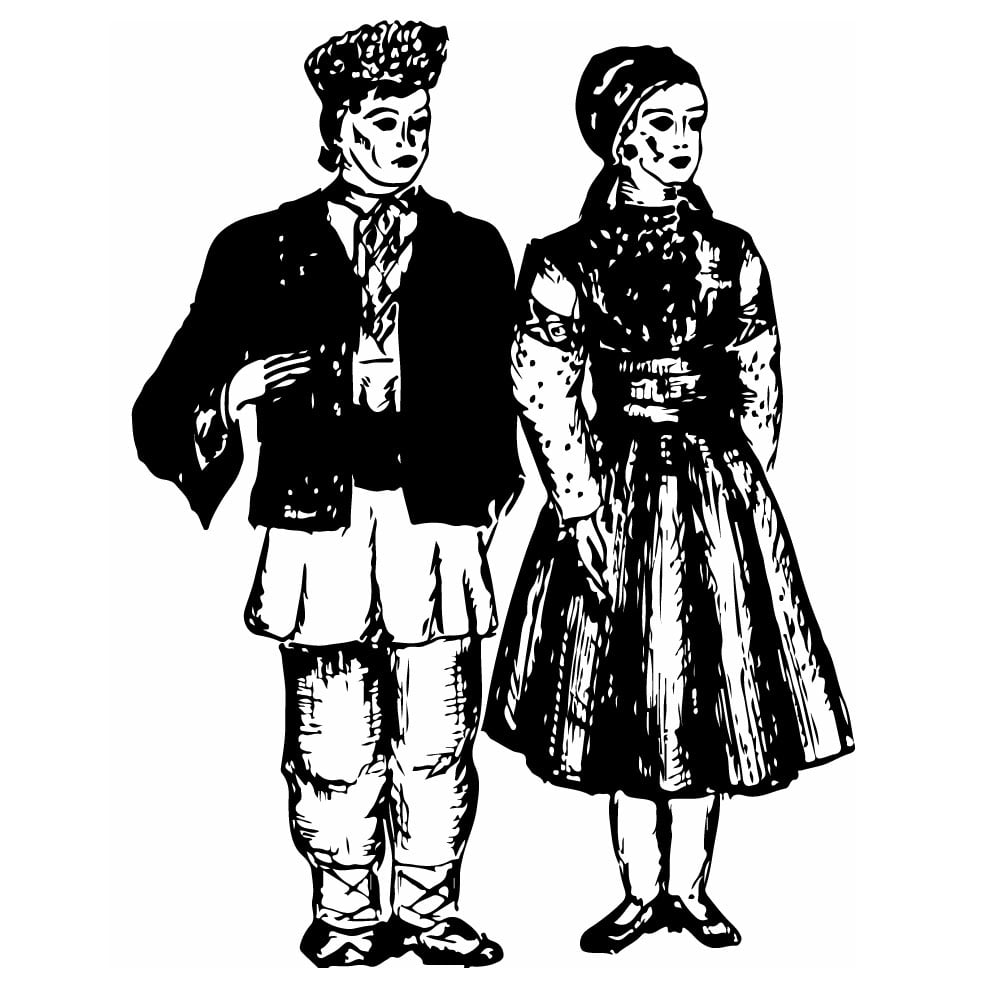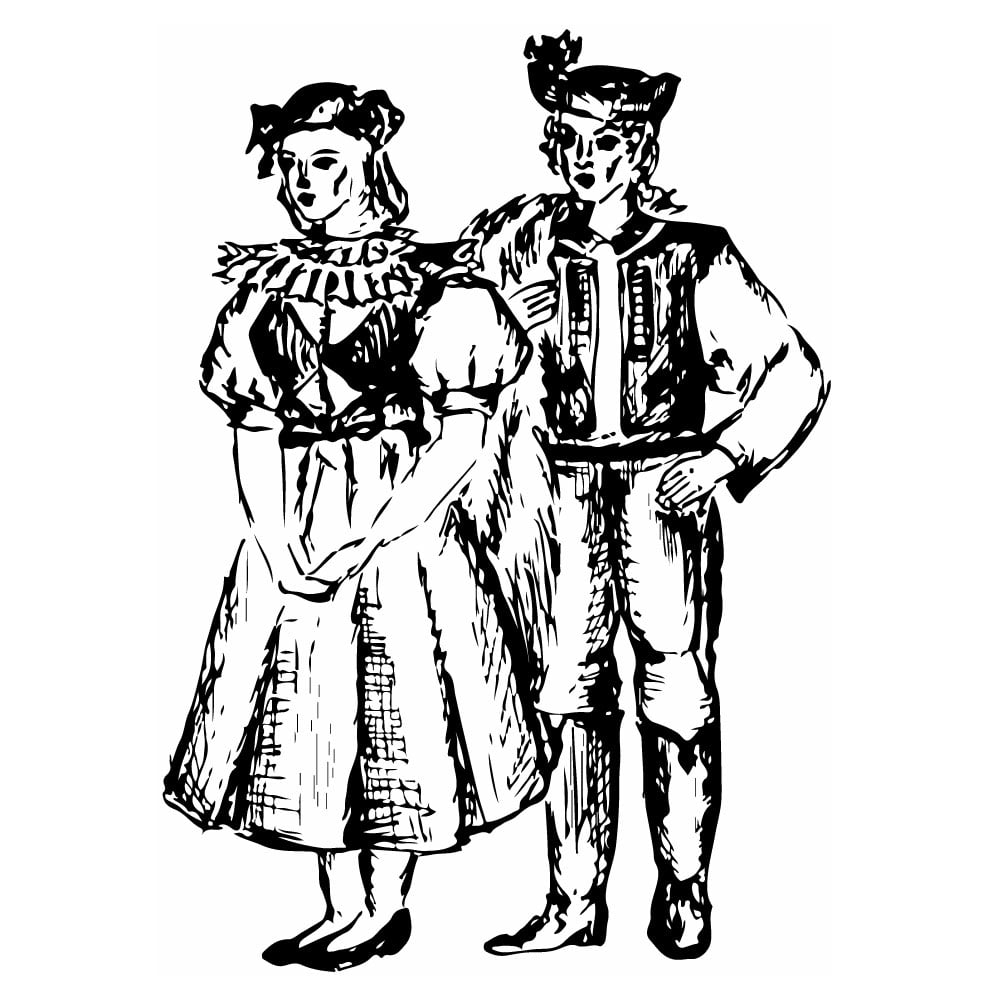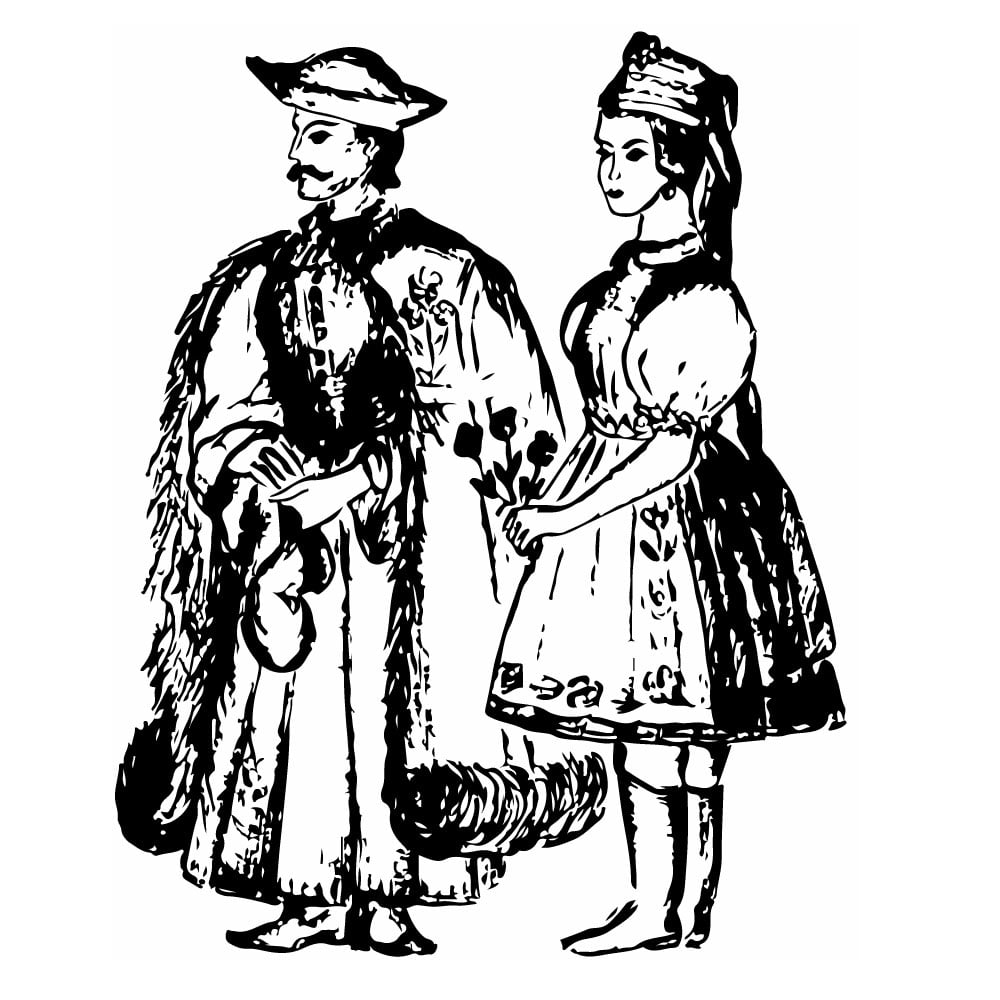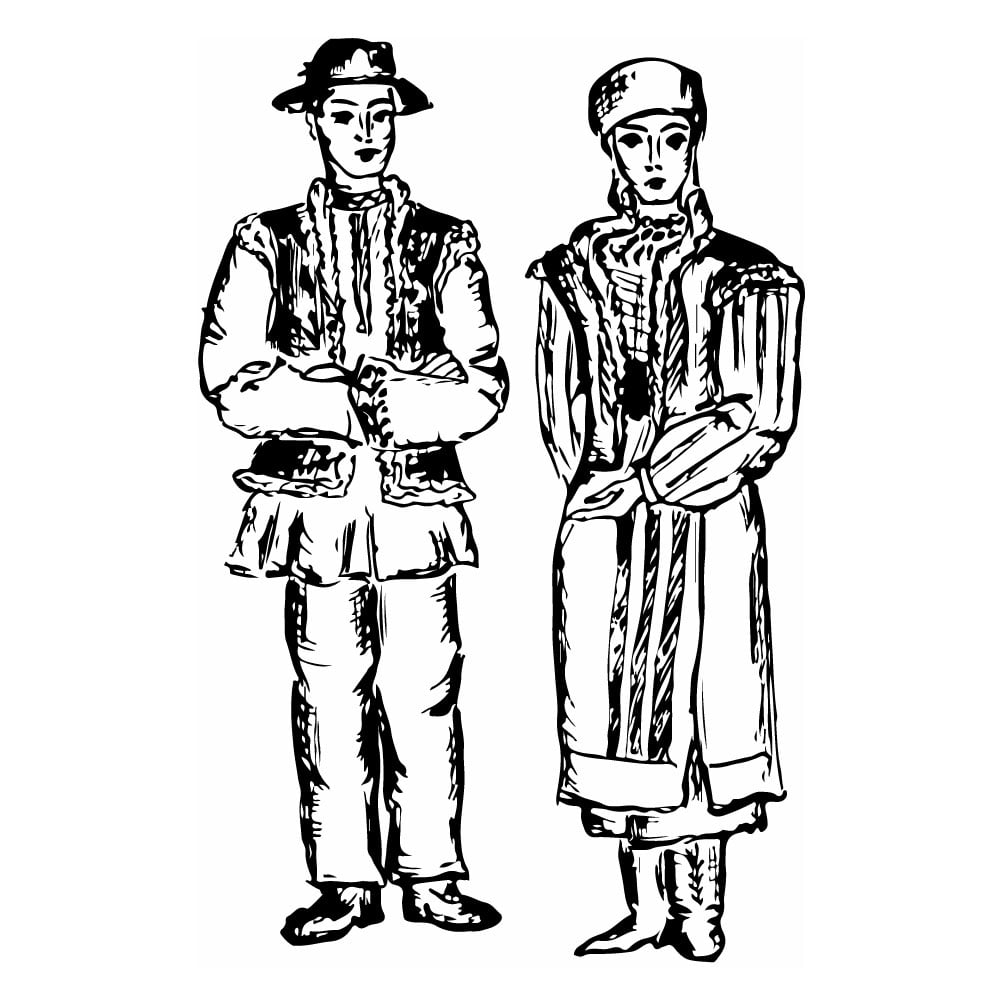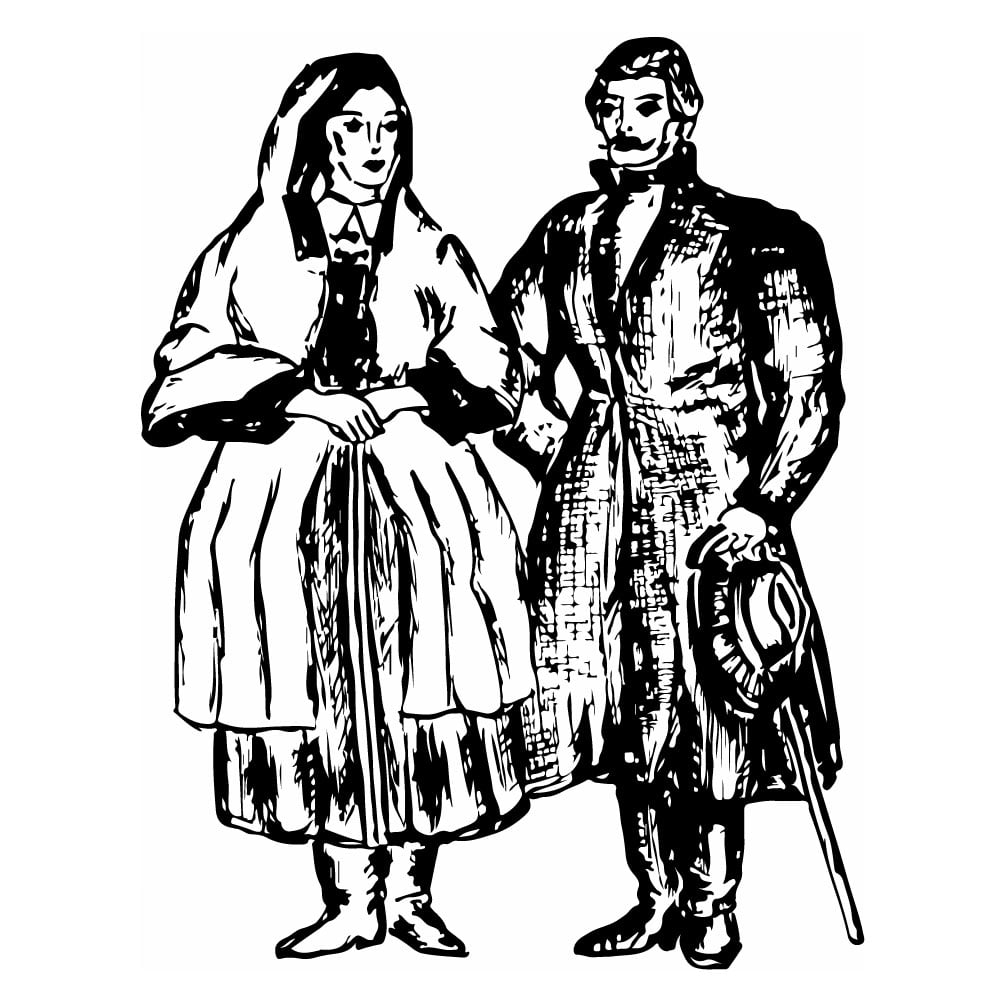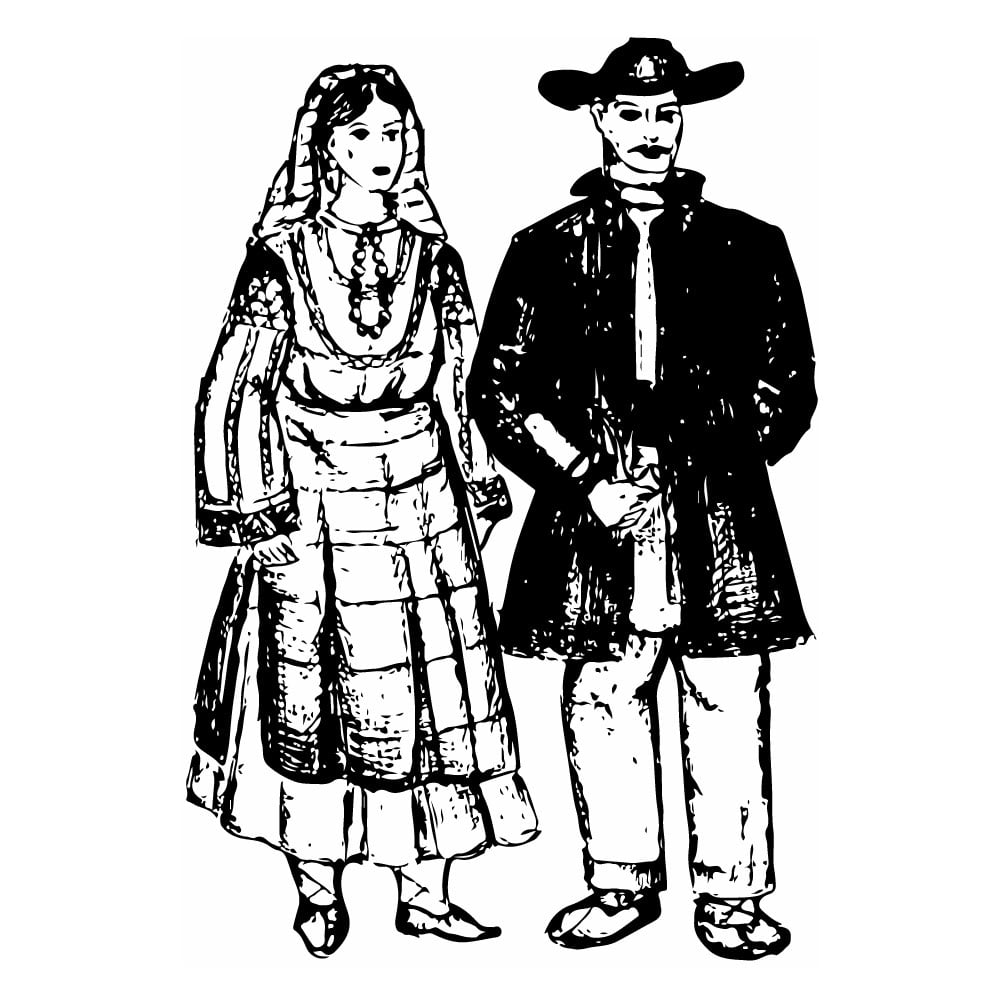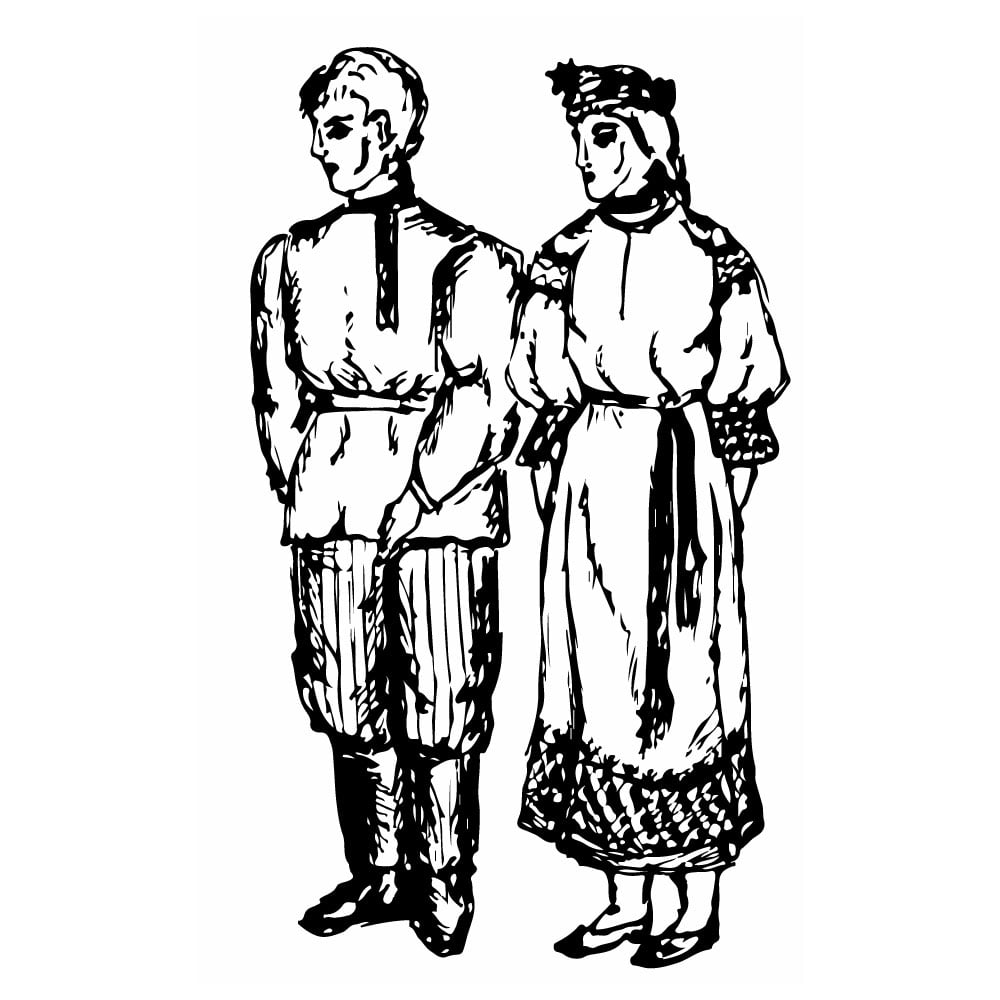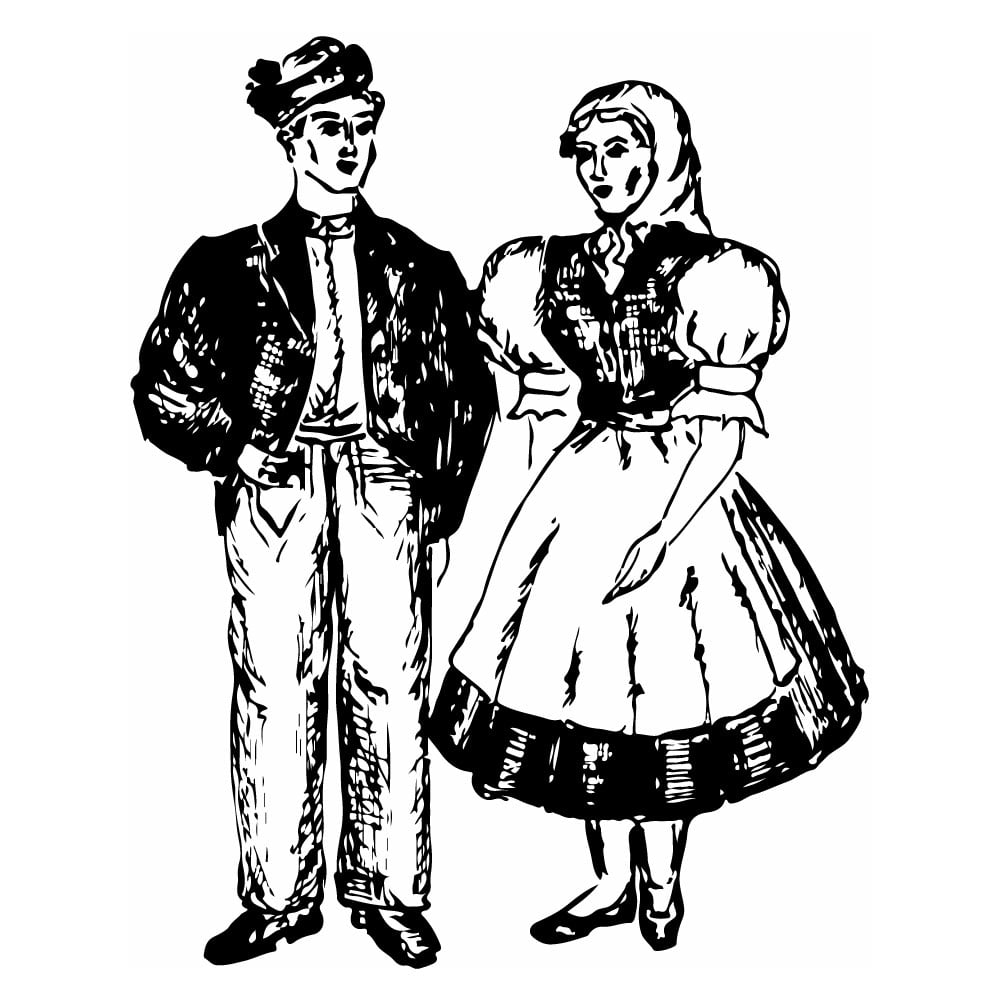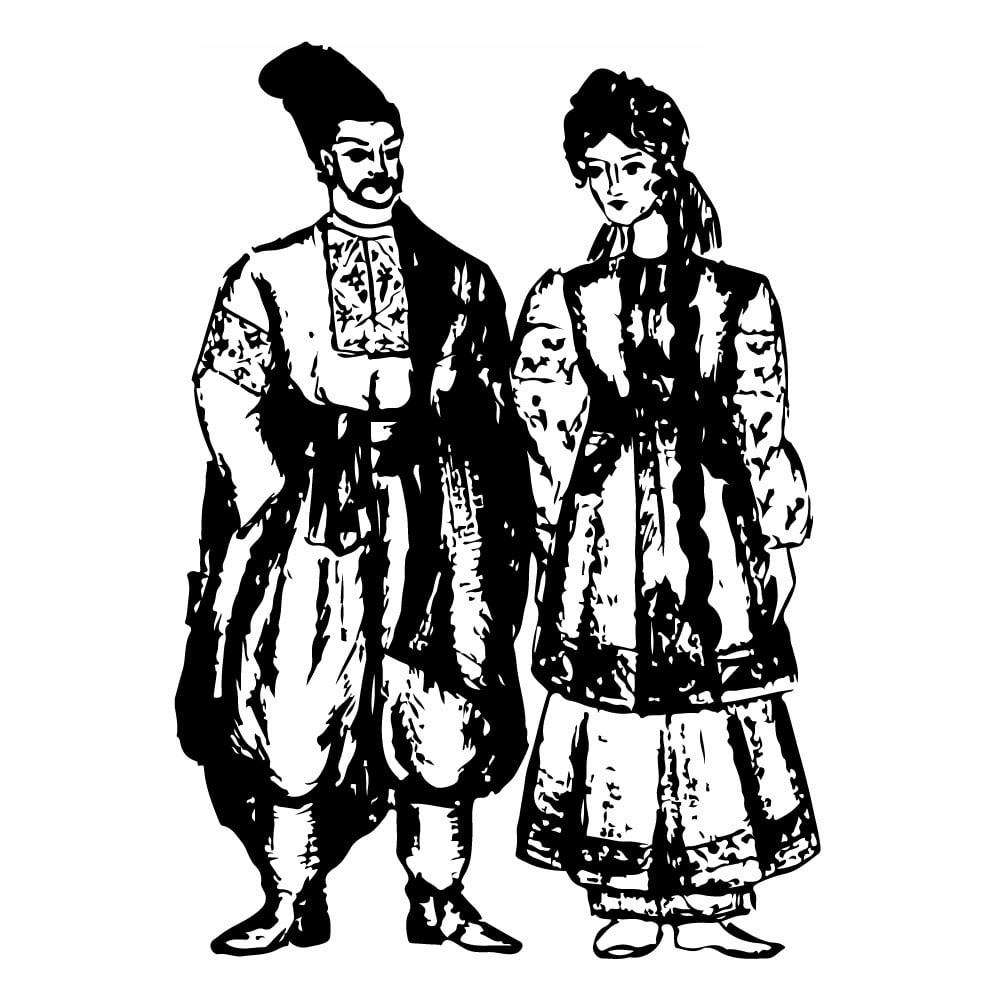Gagauz
| Population | 185,000 |
| Language group | Oguz group of the Turkic languages |
| Language | Finnish |
| Region | Southern parts of Moldova and Ukraine |
| Religion | Christianity |
*Population estimates for 1994
The Gagauz are a people living in the South of Moldova and the neighboring district of Ukraine.
Some scientists consider the Gagauz be the “Turkirized” Bulgarians who preserved Christianity, but the majority of historians believe that the Gagauz are descendants of the medieval Turks (including the Uz and Tork) who adopted some elements of Slavic (Bulgarian) culture.
The main Gagauz occupations are agriculture and cattle-breeding. Some of them work in industry. The Gagauz are traditionally engaged in sheep-breeding, agriculture, and growing grapes. Sheep-breeding played the prominent role until the middle of the nineteenth century when it was partially supplanted by agriculture. Local trades were presented by carpet-weaving (women’s household industry) and manufacture of woven and silk fabrics.
Gagauz believers are Orthodox. Some religious creeds that have been preserved among the Moldavian and partially Ukrainian Gagauz are very much the same as the traditional Slavic ones, such as brownies and water-nymphs. Family traditions reflected the beliefs connected with agriculture.
Russian and Bulgarian have influenced the Gagauz language greatly. The Gagauz language is preserved primarily by elderly and middle-aged people. Younger generations do not use it.
National women’s clothes consist of a shirt, wide skirt, apron, and woolen girdle. Kerchiefs are used as headdressing. In the summer, they wear sleeveless jackets made of thick cloth. In the winter lambskin jackets and short furcoats are worn; these clothes serve as overalls. Such dress for women is preserved by the Moldavian Gagauz. Moldavian Gagauz men wear urban clothing. The only remnants of the traditional clothes are their long red woolen girdles, sleeveless jackets, and lambskin. The Gagauz living in Zaporozhye region of Ukraine have completely given up the traditional clothes for modern. The women living there are dressed like the neighboring peoples.
This is Ad 1

